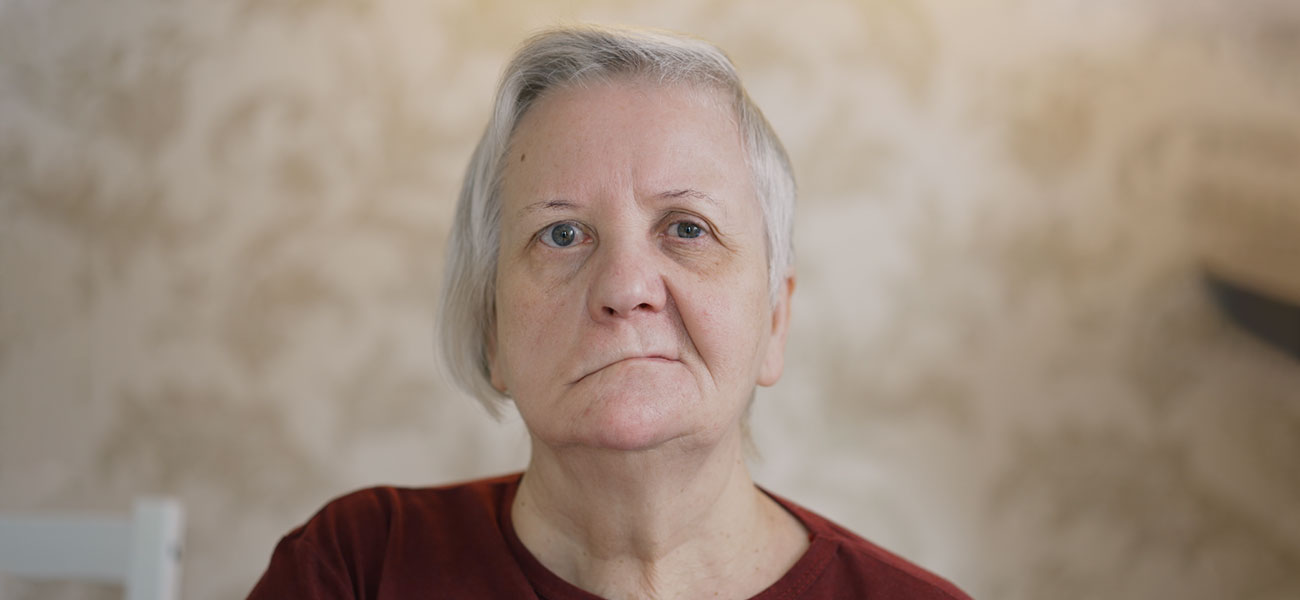Facial Paralysis is a condition caused by damage to the nerve that controls the facial muscles, leading to loss of movement on one side of the face. This manifests as asymmetry on one side of the face, difficulty smiling, or an inability to fully close the eyelid. Facial paralysis is generally classified into two main types: central and peripheral.
Central Facial Paralysis
Central facial paralysis arises from damage to the control centers in the brain. It is most commonly associated with conditions like stroke, tumors, or head trauma. In this type of paralysis, only the lower half of the face is affected.
Feature: The patient may not be able to move the corner of the mouth, but they can raise their eyebrows and wrinkle their forehead. This is because the nerves controlling the upper facial muscles are not completely damaged.
Peripheral Facial Paralysis
Peripheral facial paralysis occurs when the facial nerve is directly damaged at any point after it exits the brain. This affects both the upper and lower parts of the face.
Feature: Complete loss of movement is seen on the affected side; the forehead cannot be wrinkled, the eye cannot fully close, and the mouth cannot be moved. This type of paralysis typically causes more noticeable facial asymmetry.
Symptoms of Facial Paralysis
- Loss of Movement: It becomes difficult to smile or move the mouth on one side of the face.
- Inability to Close the Eye: The inability to fully close the eye can lead to dryness and discomfort.
- Loss of Taste: There may be a reduction in the sense of taste on the front part of the tongue.
- Pain and Sensitivity: Discomfort is often felt, especially around the ear.
- Sound Sensitivity: Loud noises can become disturbing.
Causes of Facial Paralysis
- Viral Infections: Especially viruses like herpes simplex (cold sores) or shingles.
- Stress and Fatigue: These can weaken the immune system and trigger facial paralysis.
- Trauma: Head trauma, surgical procedures, or injury can cause nerve damage.
- Unknown Causes: Bell’s palsy is the most common type of peripheral facial paralysis, with an unknown cause.
Treatment and Support
Common treatment methods for facial paralysis include:
- Medication: Corticosteroids help reduce inflammation and support nerve recovery. If a viral cause is found, antiviral medications are often used. Vitamins may assist in nerve healing.
- Physical Exercises: Exercising facial muscles can help in the treatment.
- Eye Care: When the eye cannot close, eye drops or an eye patch during sleep can provide protection.
- Stress Management: Relaxing activities and regular sleep can speed up the recovery process.
Surgical Interventions
Surgical Treatments for Facial Paralysis
Surgical interventions are applied when nerve damage is permanent. The aim of surgery is to restore the functions of the facial nerve and improve aesthetic appearance.
- Decompression Surgery
The bony canals through which the nerve passes are widened to reduce pressure on the nerve. This method is effective in cases of paralysis due to trauma or swelling and is typically performed in the early stages.
- Facial Reanimation Surgeries
Nerve Transfer: A healthy nerve, such as the chewing nerve or the tongue nerve, is connected to the facial nerve to restore movement function.
Muscle Transfer: A muscle from another part of the body (e.g., the thigh muscle) is transplanted to the facial area and connected using microsurgery techniques.
Suspension Techniques: Sagging tissues on the face are supported using the body’s own tissues or synthetic materials.
- Eye Protection Surgeries
Weight Placement: Gold or platinum weights are placed on the upper eyelid to help it close.
Tarsorrhaphy: The eyelids are partially stitched together to prevent dryness and irritation.
- Botox and Static Corrections
Botox injections can help control muscle spasms. Static surgical methods are used to correct facial asymmetry and achieve a more natural appearance.
Conclusion
Facial paralysis can generally be completely healed with accurate diagnosis and treatment. However, early intervention is crucial in treatment. If symptoms are noticed, it is important to consult a doctor without delay. Remember, your facial expressions are not only an aesthetic feature but also a way to express your emotions.




